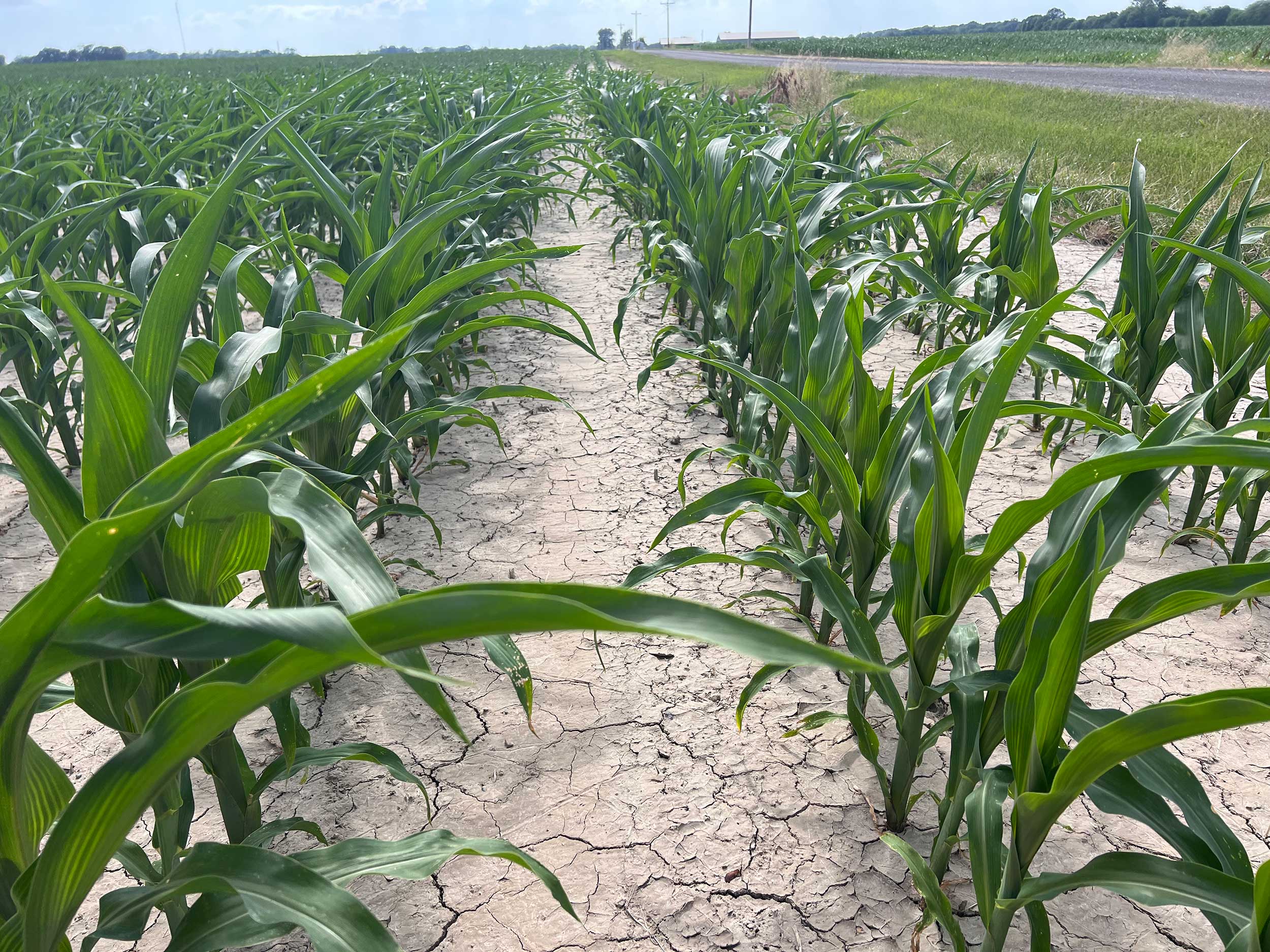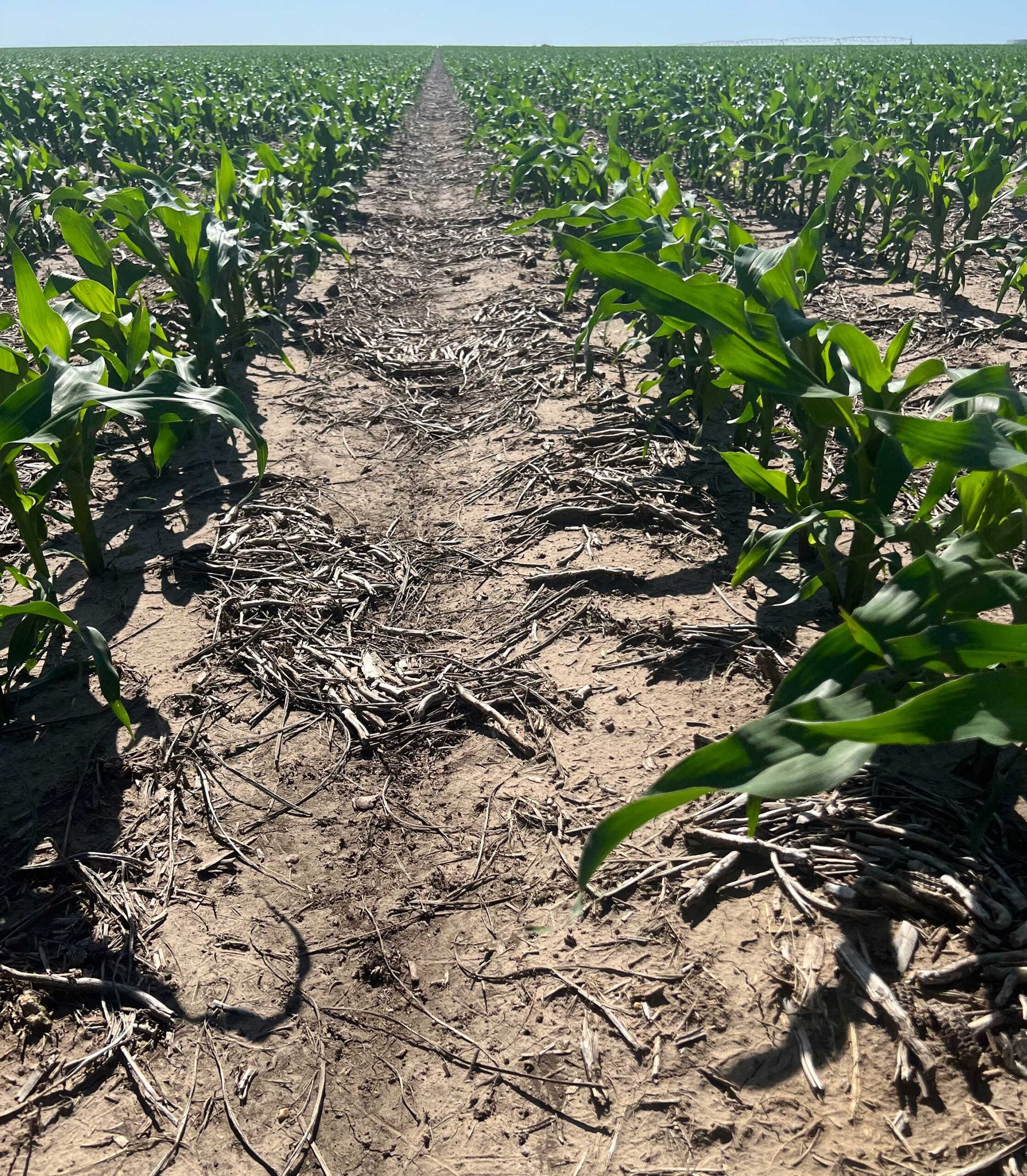Advanced technologies such as Storen corn herbicide are crucial to addressing weed resistance on American farms
Water: Check
Sunlight: Check
Nutrients: Check
Acreage: Check
These allow weeds to live happy, healthy lives on our farms — and they’ll take every opportunity to rob your corn crop along the way.
According to Dr. Ian Heap at WeedScience.org, since 2000, growers have seen a 275 percent increase in the number of weed species with multiple herbicide resistances. This can deliver a costly result for growers who are trying to capture the most efficiency from their water and fertilizer resources and reach maximum yield.
“It can become challenging for a grower to know what weed control option will work on their farm as those weed populations and resistances have changed over the last 20 years,” explained Shawn Hock, Syngenta Corn Herbicide Product Lead.

Despite how dire the data behind weed resistance can be, this specter crept in slowly. Starting a generation ago, the ag industry reduced the mechanical tactics it used for controlling weeds, it saw herbicides with one mode of action become less effective, and growers were often opting not to use full, labeled rates during their passes.
Making weed management even more unpredictable, a prolonged drought beginning in 2020 shifted abruptly to a wet 2024. Growers tried to plant earlier each year, or wait until both corn and soybeans were in the ground before spraying, or didn’t immediately realize the diminishing effectiveness of some post-emergence products.
As the changes impacted growers’ bottom lines, outreach and education about the strength of Syngenta’s residuals has benefited many growers, particularly against some of the most notorious species, such as Palmer amaranth (resistant to six different modes of action) and waterhemp (resistant to five).
Costs of losing control
A failure to lock in weed control can increase a farm’s weed-seed bank by billions in just a couple of years, reinforcing the urgency to embrace residuals on land that is seeing weed pressure increase. At even a 15 percent germination rate for weeds, that means significant competitiveness for resources in a field.
“And weeds become more challenging to control the later you get herbicides applied,” Hock said.
Research from universities points to weeds at any stage being able to affect growth patterns and, ultimately, bushels at harvest. Hock adds how notable that yield impact is once corn reaches the V2 or V3 stages. This happens because weeds can compete for light and space almost immediately after emergence, causing corn plants to put more energy into height than root growth. Weeds can also affect the direction in which a corn plant grows, where, instead of growing optimally across the row, they may grow parallel across the rows. This effect is irreversible and wastes limited resources that could have otherwise been used for grain fill later in the season.
To reach the highest yields, which Hock said almost everyone is striving for in these market conditions, weeds need to be addressed before they have a chance to become a problem.
“Residuals protect the full potential of the yield,” he emphasized.
“For years now, it’s become a bigger challenge to have utility on herbicides and to end the season with a clean field,” said Dean Grossnickle, technical development lead for Syngenta, who is based in Iowa. “So, for us to get around that, we need to develop new modes of action, utilize our existing modes of action in novel ways and employ non-chemical methods of weed control.”
These strategies are designed to break weed resistance.

That’s why advanced technologies like Storen® corn herbicide from Syngenta are crucial to propelling agricultural output forward. This product features four of the most powerful active ingredients and is positioned for growers who are facing uniquely challenging conditions, whether it’s environmental or tough resistant weeds, and are looking for a next-level solution.
“When we were developing Storen and thinking about the future, we knew we were going to have to employ some different things and different ways to control weeds,” Grossnickle explained.
Storen outlasts other leading corn herbicides due to its four residual active ingredients — Bicyclopyrone, Mesotrione, S-metolachlor and Pyroxasulfone — that work together to provide maximum residual performance.
The common thread is that all of these ingredients have powerful residual capabilities to them.
When using a full, labeled corn herbicide rate with Storen, the grower gets the market’s maximum residual activity, which can be as long as nine weeks.1 That allows growers to extend the window that they need to address weeds at the vulnerable germination stage.
“We were having difficulty controlling waterhemp in our fields, and post-emergence tactics have become increasingly ineffective,” said Mark Geiger, a grower in Shattuc, Illinois, who used Storen for the first time in 2024. “Storen looked very good in my fields.”
Embracing research into weed resistance
In all, Storen controls 74 weed species, and coming off of its first full year on the market, the corn herbicide is something growers can be confident in. Research shows that Storen offers more than 95 percent weed-control consistently, compared with premium competitors, and trials point to it delivering a 4 to 5 bu/A yield advantage.2
“Larger weeds can metabolize more things, and the bigger that weed gets, the more opportunity it has to overcome whatever herbicide we’re trying to throw at it,” Grossnickle said. “So, what we’re doing is using robust residuals with four active ingredients in the soil attacking that weed when it’s just germinating, instead of waiting and letting it get up and out of the ground and then trying to control it with those same active ingredients.”
According to Grossnickle, research out of the University of Guelph in Canada shows that weed pressure can impact a crop from almost the very beginning, and the effects escalate quickly — to the point where larger weeds can cost farmers a loss of 1.7 bu/A per day.
“We’re giving weeds less of a fighting chance,” he added.

Part of Syngenta’s large investment in understanding weed resistance lies at its International Research Centre in Jealott’s Hill, England. The facility uses various agricultural inputs and formulations to uncover why a weed has become resistant and what the next steps would be.
This science has led to breakthroughs in the products Syngenta delivers to market and to how effectively they can improve results for American farmers. Because Storen starts with such a higher concentration of active ingredients, it is helping growers put their best foot forward to combat resistant weeds, leaving clean rows and more nutrients available for the corn plant.
“Excellent residual control on waterhemp and Palmer amaranth,” summarized Derek Dibbern, a farmer in York, Nebraska. “Good crop safety and application flexibility.”
And in the end, that means better ROI and yield potential.
This article was funded by and published on behalf of Syngenta. Visit this page to find a Syngenta Crop Protection Specialist near you.
Ryan Tipps is the founder and managing editor of AGDAILY. He has covered farming since 2011, and his writing has been honored by state- and national-level agricultural organizations.



